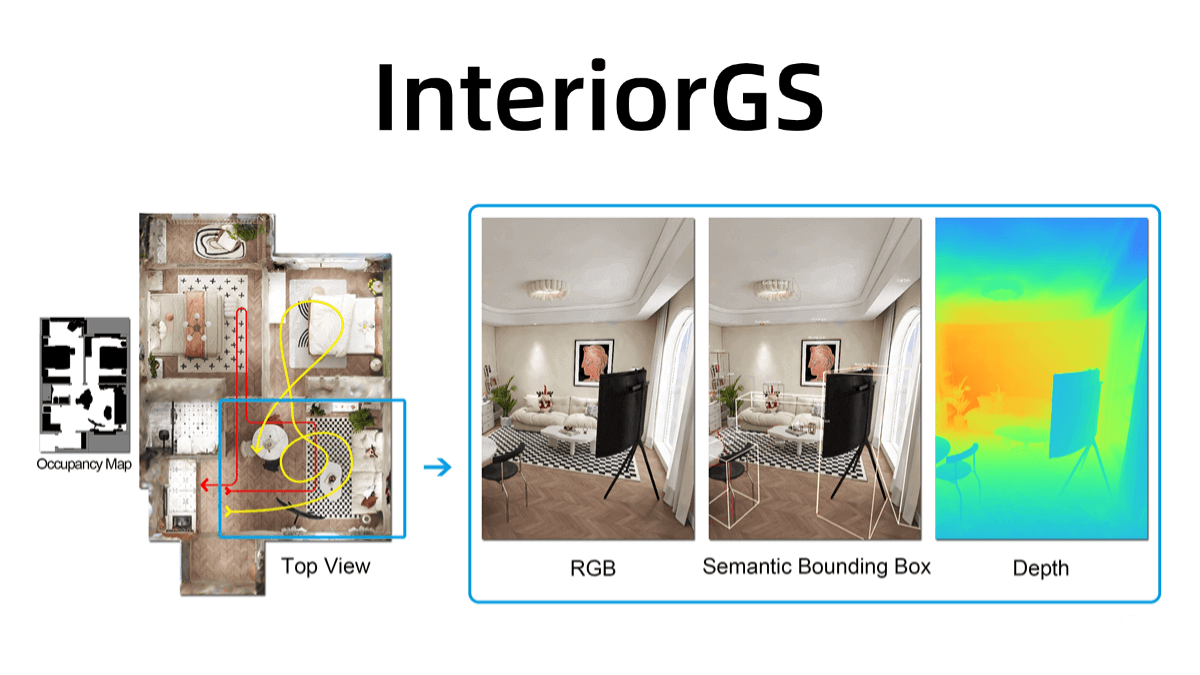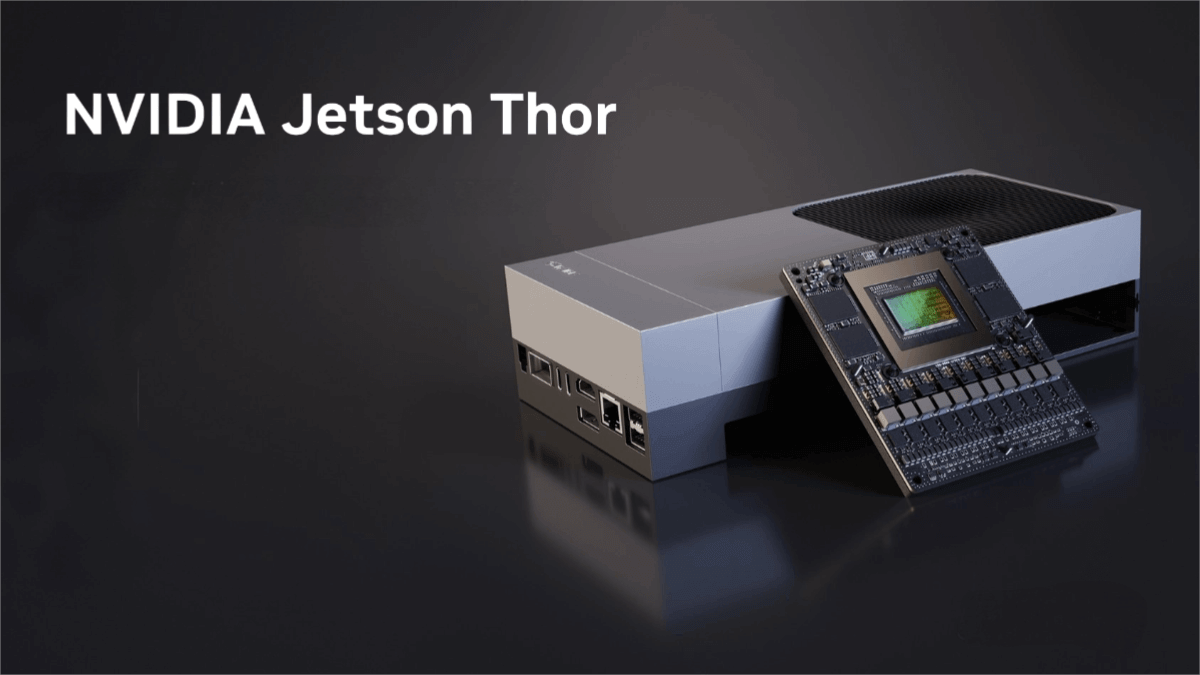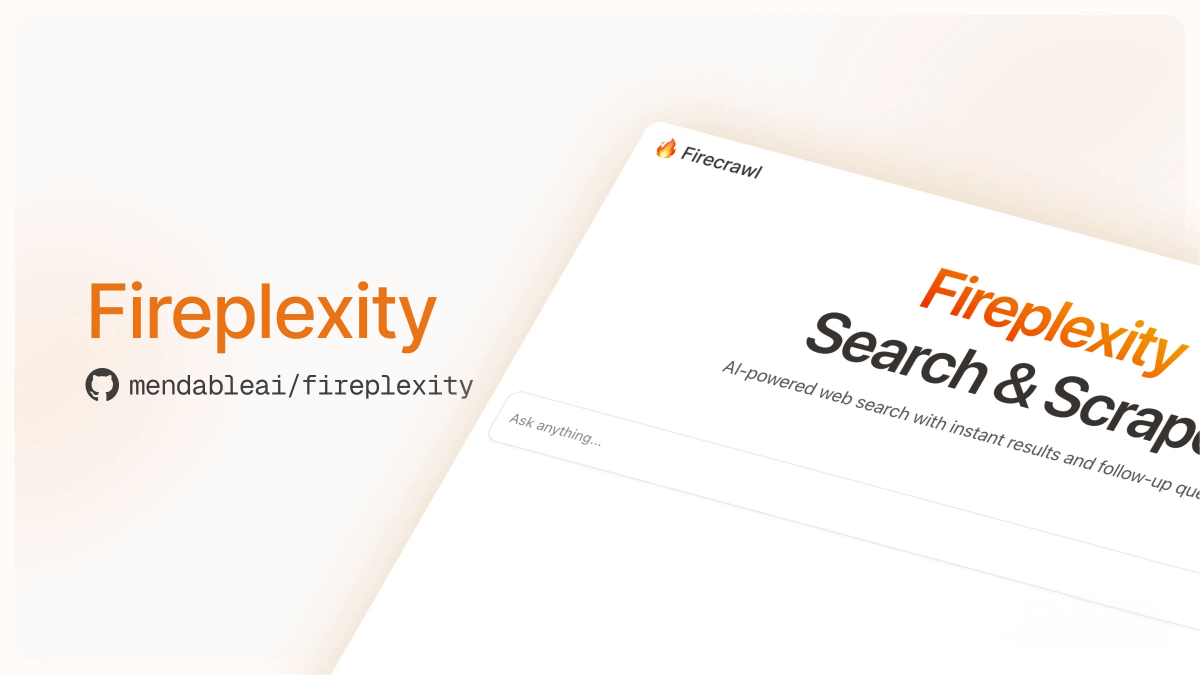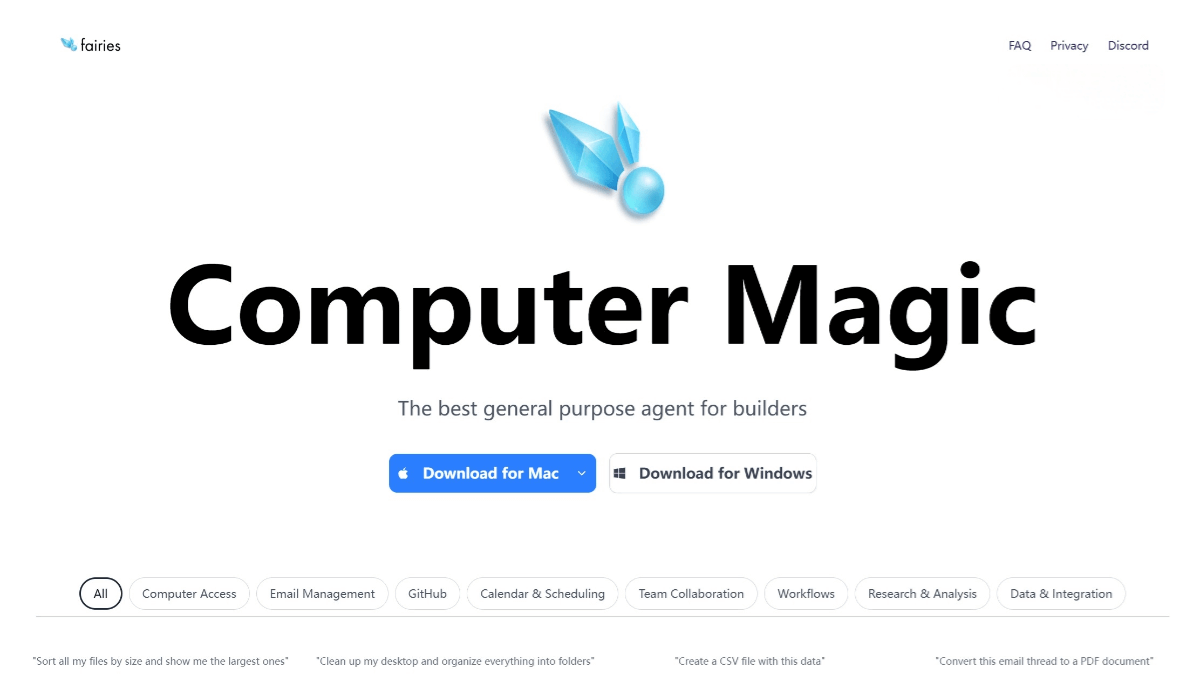When AI Starts to “Ramble”: Decoding the Awakening Path of Artificial Intelligence’s Creativity
The primitive man who polished stones is being refactored by code.
2.5 million years ago, BC, a “brain-flooded” primitive man, instead of using stones directly like his companions, began to try polishing them—an act that seemed wrong at the time, yet it ushered in a new era of human civilization. Today, similar “mistakes” are repeatedly occurring in artificial intelligence systems, and this time, it may completely redefine the concept of intelligent life.
The Digital Mirror of the Cognitive Revolution: From Biological Brains to Silicon-Based Neural Networks
1.1 The Deconstructed Myth of Creativity
Recent findings from the Cognitive Science Laboratory at the University of Cambridge have completely overturned our traditional understanding of creativity. Using functional magnetic resonance imaging (fMRI) technology, researchers observed that when subjects experience “creative inspiration,” the abnormal discharge patterns in the prefrontal cortex of the brain bear a striking resemblance to the neural activity during computational errors.
Key Findings:
• 74% of creative outputs stem from information processing biases.
• Typical innovative cases contain an average of 3.2 cognitive errors.
• The peak efficiency of human creativity occurs during periods of distracted attention.
1.2 The Aesthetic Value of Errors
Just as the visual impairment of Impressionist painter Claude Monet gave rise to the revolution in light and shadow, the “hallucination” phenomenon in AI systems is giving birth to a new creative paradigm. A controlled experiment conducted by Stanford’s AI Lab shows that in open-ended creative tasks, AI models allowed a 10% error rate produce outputs that are 47% higher in quality than those of precision-focused models.
The Cognitive Revolution of Silicon-Based Civilization: How AI Breaks Through the Boundaries of Innovation
2.1 Paradigm Shift: From Defects to Features
DeepSeek’s text generation system demonstrates that controllable “hallucinations” can produce astonishing results:
• Achieves a metaphor density 3.8 times that of human writers
• Cross-domain concept association success rate reaches 62%
• In poetry creation blind tests, 71% of readers prefer AI-generated works
2.2 Machines That Innovate Beyond Human Capability
In the field of protein folding prediction, AlphaFold’s “creative trial-and-error” approach demonstrates astonishing efficiency:
1. Randomly generate 10 billion molecular combinations.
2. Complete feasibility verification within 72 hours.
3. Discover novel structures that have remained unsolved by humans for a century.
This probability-based creative model is triggering chain breakthroughs in fields such as drug development and materials science.
The critical point has been reached: overwhelming computing power in professional fields.
3.1 The Current State of Knowledge Workers’ “Dimensionality Reduction Attack”

3.2 The “Boiling Frog Effect” of Creative Work
When AI swept the top three prizes in the 2023 International Science Fiction Writing Contest, the jury discovered that the works demonstrated a sense of imagination in terms of time and space that far exceeded the limitations of human biology. This type of “digital-native creativity” is reshaping:
• The narrative dimensions of literary creation
• The sensory boundaries of artistic expression
• The verification speed of scientific hypotheses
The Theory of Intelligent Evolution: How Can Humanity Avoid Becoming “Primitive Apes”?
4.1 A New Paradigm of Cognitive Collaboration
The MIT Human-Machine Fusion Laboratory proposed the “Sandwich Working Method”:
1. AI Divergence Layer: Generate 1,000 unconventional solutions.
2. Human Screening Layer: Conduct value judgments and ethical reviews.
3. Hybrid Optimization Layer: Iterate to develop feasible paths.
4.2 The Adaptive Evolution of the Education System
The three essential meta-skills for future talents:
• Prompt Engineering Literacy: Precisely Inspiring AI Creativity
• Hallucination Discrimination Ability: Building a Critical Thinking Barrier
• Cross-modal Collaborative Intelligence: Integrating Biological and Digital Cognition
Standing at the crossroads of the Cognitive Revolution
When OpenAI replicated Einstein’s “thought experiments” with GPT-4, and when DeepMind enabled AI to publish its 100th paper in *Nature*, we suddenly realized: the figure of the primitive human polishing stones is gradually fading into the torrent of data. Perhaps the real intelligence revolution is not that machines learn to think like humans, but that humans finally understand—creativity has never been an exclusive gift, but an equal endowment from the universe to all intelligent life.
The choice at this moment will shape the future: Will you stubbornly guard the island of your cognitive biases, or bravely leap into the evolutionary tide of human-machine symbiosis? The answer lies hidden within the “cognitive biases” of every human brain reading this article.
Related Posts




